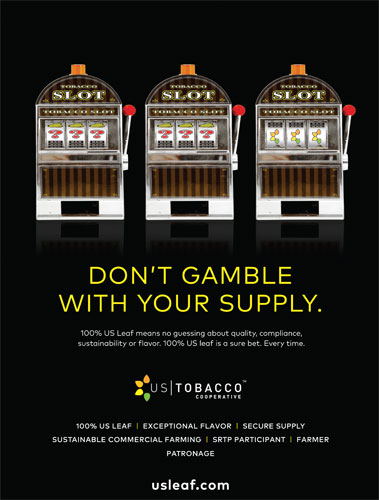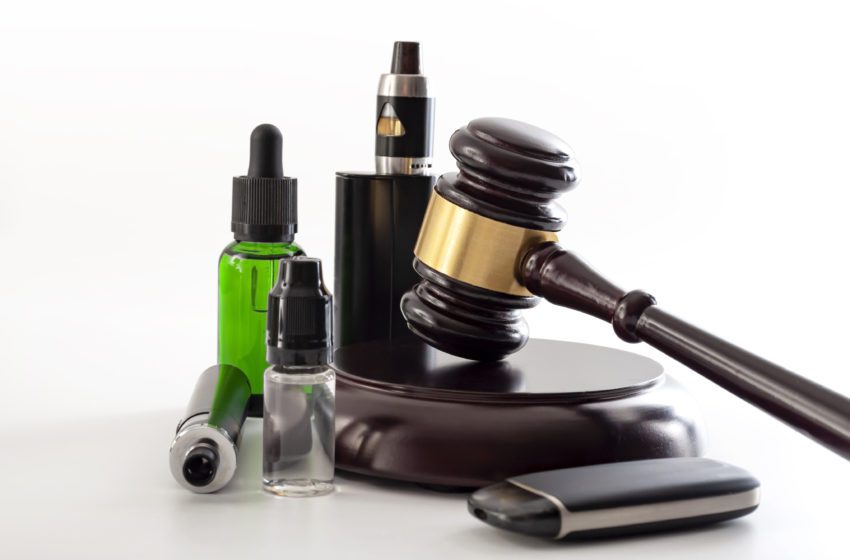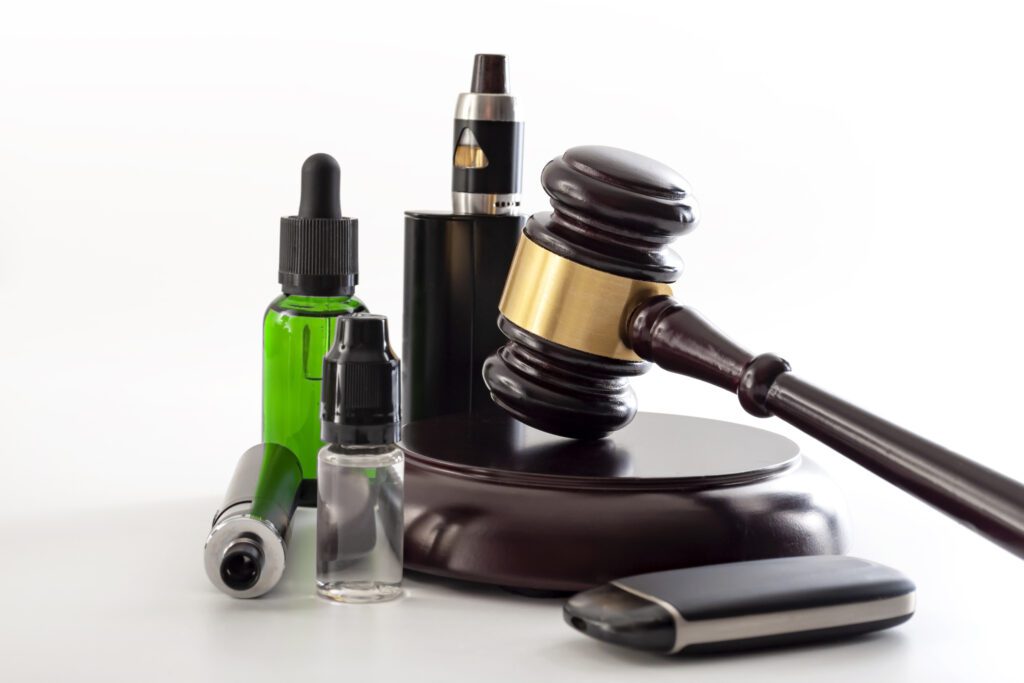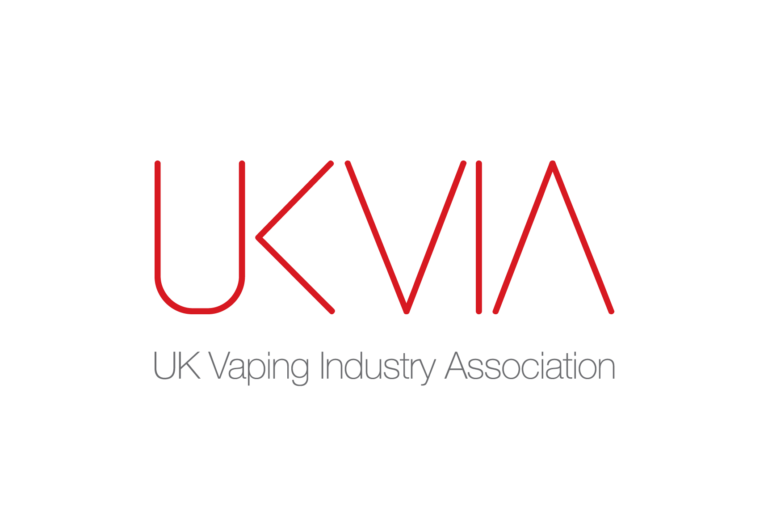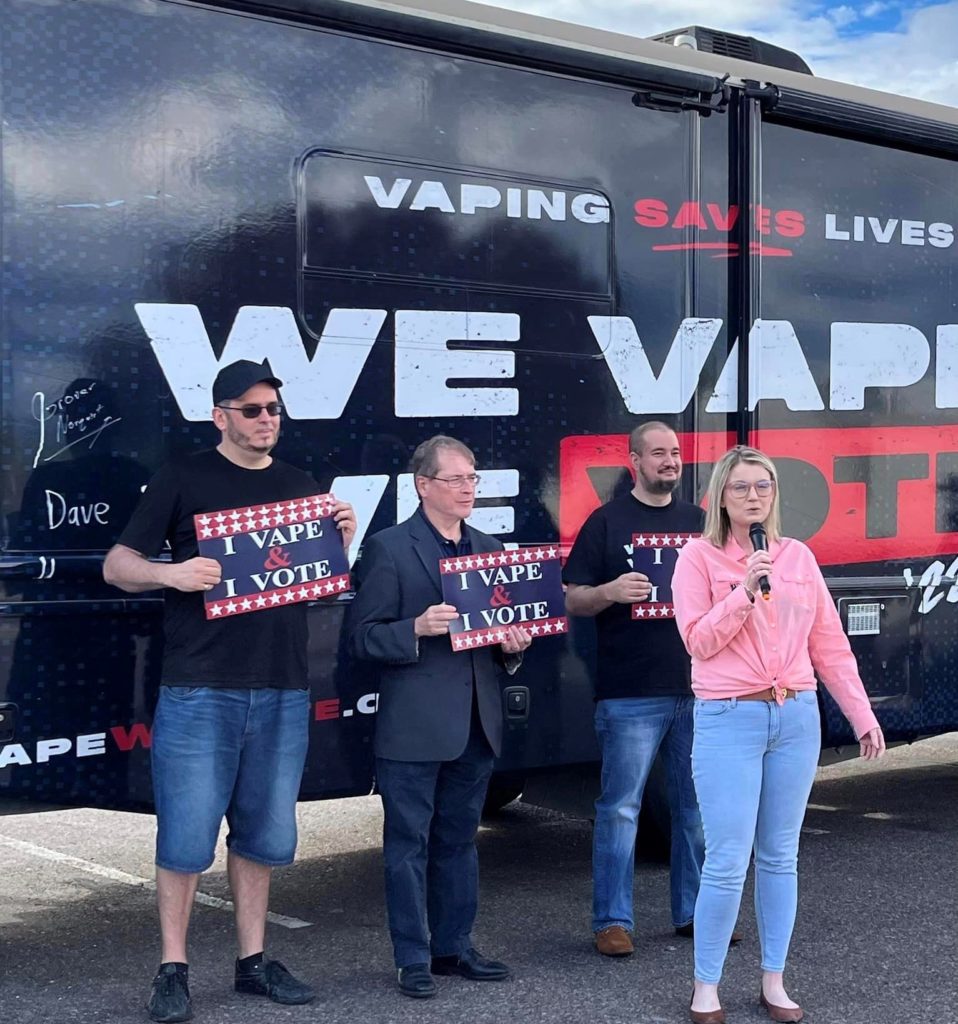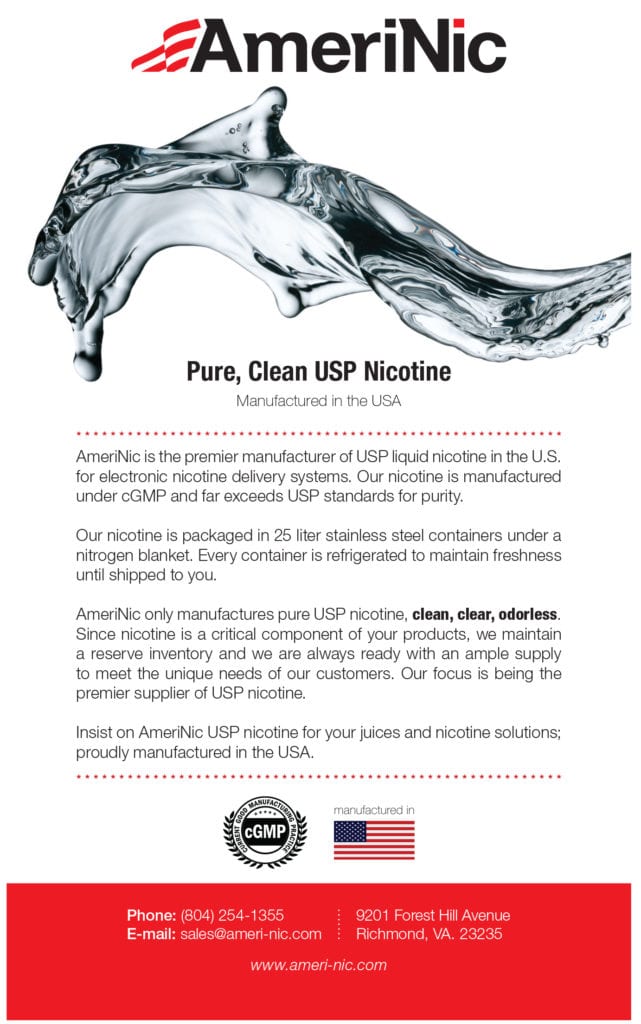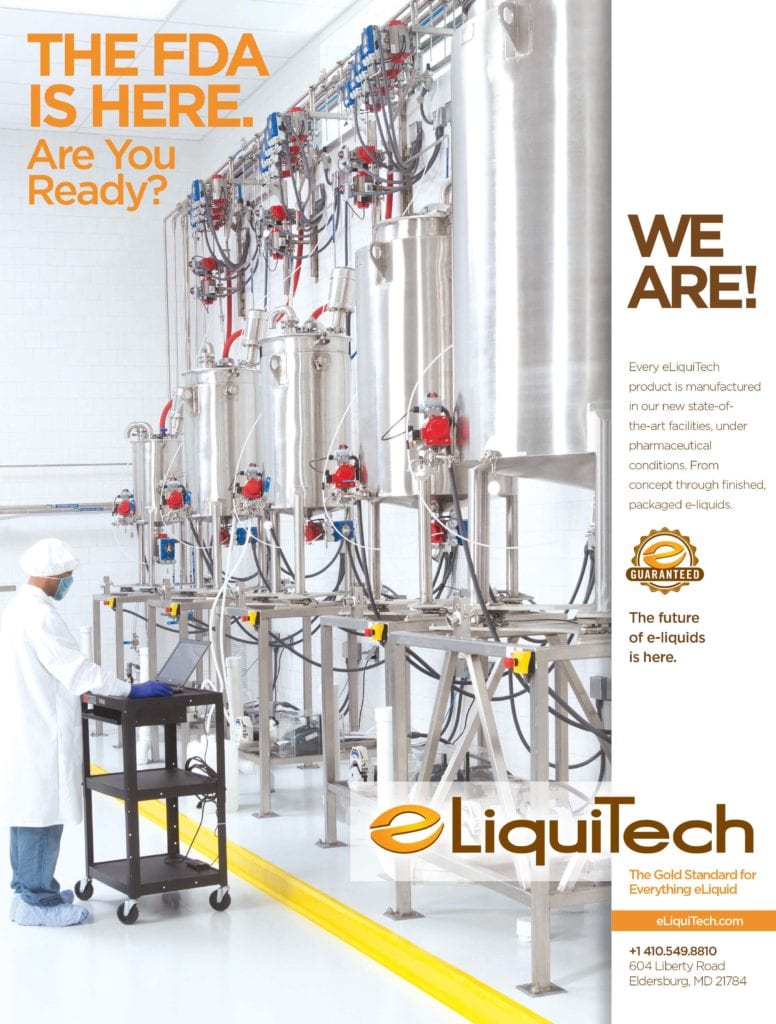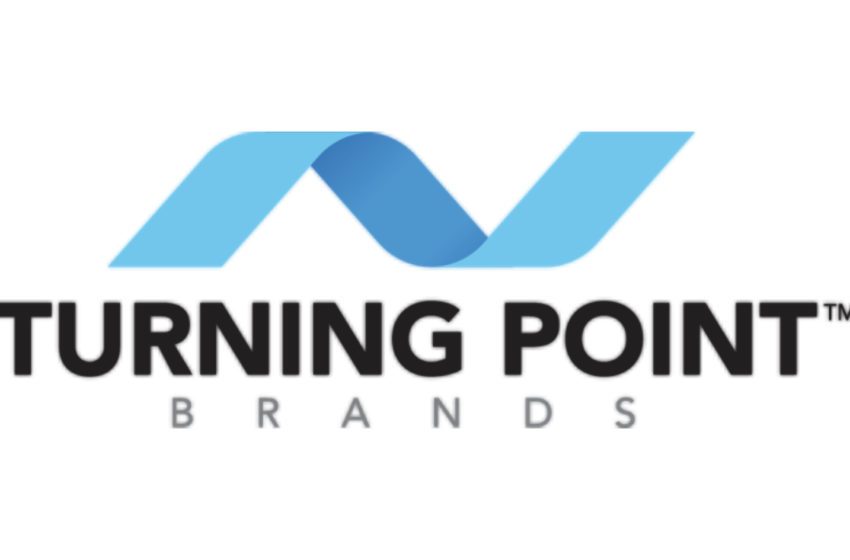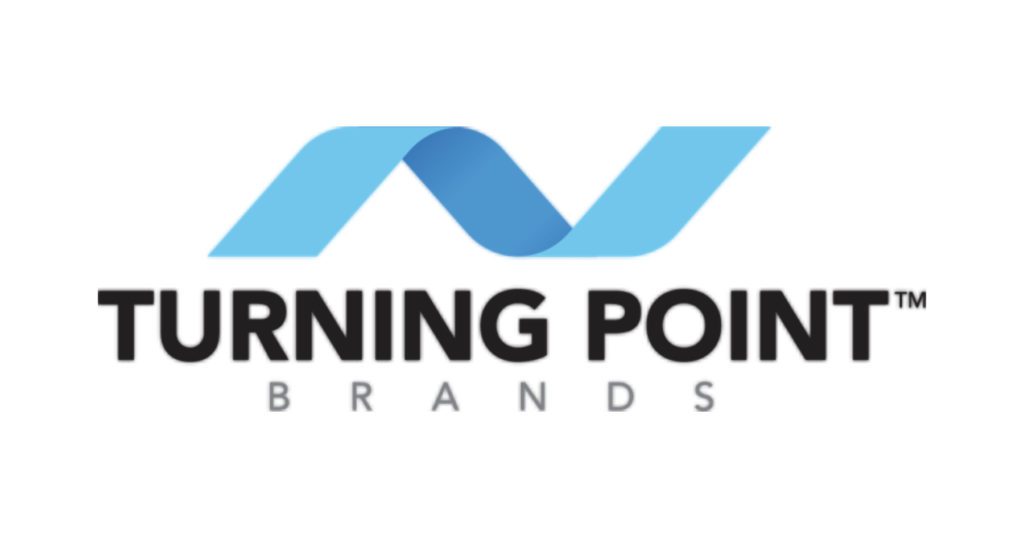A vaping industry veteran uses some time-tested adages to reflect on his 11 years in the space.
By Chris Howard
In the new year, as I reflect on my past 11 years of experiences in the vapor space, I think it is better late than never to share some thoughts on where we have been and where we should be headed. Because we are never too old to learn, I thought I would strike while the iron is hot (hopefully you can see the theme here).
From 2018 to 2021, the industry suffered incalculable upheaval and uncertainty as we went through a shortened premarket tobacco product application (PMTA) period and a seemingly never-ending series of marketing denial orders (MDOs). While 2022 wasn’t necessarily any better for industry, it sure got a lot worse for the U.S. Food and Drug Administration’s Center for Tobacco Products (CTP).
To recap, we saw multiple challenges to MDOs that shed some inconvenient light on the CTP review processes. We also witnessed significant delays in the CTP’s ability to meet the Maryland Court-imposed deadlines. Congress regularly attacked the CTP (and the greater FDA) for perceived shortcomings. And, finally, we saw the results of the Reagan-Udall Foundation review that, even with the soft touch given to the CTP, did not paint a flattering picture of the workings of our regulator. In all, it was a rough year for a new center director and the staff.
With the above in mind, a few time-tested adages can aptly describe my reflection on the vapor industry—which I offer here for your consideration:
Make a Long Story Short. After nearly seven years since the finalization of the Deeming Rule, the CTP and industry have collectively learned that some of the standards/requirements making up the PMTA process could be streamlined to say the least. By way of example, does the CTP really need for each company to spend thousands of dollars on the same literature review? Are behavioral surveys to show youth aren’t attracted to tobacco-flavored products necessary at this point?
Are there other commonalities across numerous applications that could now be updated or otherwise removed from consideration given consistent findings? As suggested by the Reagan-Udall Foundation, the CTP should consider providing more detailed summaries of applications that have made it through the process—so that industry can place emphasis on areas that the agency deems to be a higher priority and eliminate superfluous activities that ultimately add little value. Doing this and taking steps to simplify the requirements would ultimately enable both the industry and the CTP to employ a more focused approach, resulting in greater efficiency for all involved.
You Get Out What You Put In. Applicants who skimped and filed weak applications without regard to the requirements set forth by the CTP have nearly universally learned a valuable lesson. The PMTA process is expensive, and extremely rigorous science is required to show that your products are appropriate for the protection of public health (APPH). While many sought shortcuts and/or complain that the CTP’s guidance is unclear and/or vague, several companies have demonstrated that vapor products can indeed meet the FDA’s high standards.
Which companies are these? These are the companies who expended significant time and resources to develop robust applications covering each scientific discipline and other requirements set forth in the June 2019 “Premarket Tobacco Product Applications for Electronic Nicotine Delivery Systems, Guidance for Industry” and in the November 2021 Final Rule regarding “Premarket Tobacco Applications and Recordkeeping Requirements.”
Don’t Hold Your Breath. It’s hard to believe it now, but there was a time when both applicants and the CTP shared an optimism that reviews of applications could be accomplished in accordance with the prescribed timeline. This “certainty” provided an objective framework enabling industry to develop various business plans for all deemed products in the pipeline.
Unfortunately, the ultimate glut of applications proved to be an insurmountable burden for the FDA—resulting in nearly all timelines falling by the wayside. For anyone with pending PMTAs and for those manufacturers contemplating filing new PMTAs, don’t expect to obtain results quickly. Hopefully, the CTP will adopt some of the recommendations contained in the Reagan-Udall Foundation report to increase its overall efficiency and enable the industry to plan more effectively.
When Life Gives You Lemons, Make Lemonade. For innovators in the vapor space, initially life was very good. They had a great product that was considered profitable and a key to moving harm reduction forward. Unfortunately, things didn’t go exactly as expected, and life gave everyone in the vapor space lemons—and a huge basket of lemons at that. We had youth vaping; e-cigarette or vaping product use-associated lung injury (EVALI); near constant, questionable scientific studies demonizing electronic nicotine-delivery systems (ENDS); state and federal legislation to tax, limit and ban; a regulatory agency that swept the market nearly clean of flavored products—the list goes on.
It’s quite easy to despair, but now is the time to make lemonade. As an industry, we need to innovate within the narrow confines provided. We need to continue to ensure that the FDA makes its decisions based on science while we develop improved nonflavored options and better marketing schemes to prevent youth exposure. Smokers deserve our efforts to offer satisfying, reduced-harm products—I’m confident this innovative and adaptable industry can do just that.
It’s Not Over Until It’s Over. Over the past 11 years, I have seen so many industry advocates walk away from the vapor category due to a variety of circumstances. Unfortunately, with each powerful voice that leaves, the ultimate goal of ensuring that vapor products are an important part of an FDA-sponsored harm reduction platform becomes even more difficult to reach. In my opinion, the story isn’t over. Several vapor products have received market granted orders, and I expect that we will see more in the near future.
Moreover, additional studies continue to show the obvious health benefits of vapor products as compared to combustible cigarettes and that they are a valuable tool for adult smokers seeking to quit. Maybe owning a vape store and selling thousands of flavors isn’t on the horizon, but helping smokers seeking alternatives can still be a meaningful priority. I encourage past and current members of the vapor community to revisit their priorities with a new focus on educating the public—even if the journey hasn’t been as fulfilling as you hoped it might be.
Two Wrongs Don’t Make a Right. In case anyone missed it, several young people decided to experiment with vapor products a few years ago. Fortunately, that trend is unquestionably subsiding thanks to the introduction of T21 and the gradual decrease in the “fad” of vaping. It certainly isn’t right to (and no responsible manufacturer should) sell ENDS products to or in a manner attractive to kids. Unfortunately, the handling of the regulation of ENDS and, more particularly, flavored ENDS by both public health commentators and regulators is also wrong.
In 2016–2017, ENDS were the next best thing. They held the promise and potential to restructure the tobacco use market in the United States from combustible cigarette death and disease to an inhalable nicotine product that reduces risk and disease burden. The “second wrong” in response to Juul, EVALI, the abandonment of harm reduction and an avalanche of inaccurate reporting, propaganda and sensationalism resulted in the gutting of the flavored ENDS space (most of which did not have a youth vaping issue) in the form of refuse-to-file letters and MDOs based on a seemingly arbitrary solution.
These two wrongs, when coupled, don’t make a right—what these two wrongs make is a missed public health opportunity. Unlike the United Kingdom, which has embraced ENDS and driven down smoking rates, the U.S. has moved in the opposite direction—vilifying, banning and restricting. In this case, the two wrongs will result in increased smoking and increased disease.
The Perfect is the Enemy of the Good. As the PMTA review picture gains incremental clarity, we often see policy of pursuit of perfection (e.g., ill-defined demands for long-term cessation trials for flavored products). Whether this pursuit is expedient to remove disfavored products or flavors from the market or we are seeing the level of evidence required to gain a market order rise to a standard only found in the drug center is for you to consider.
However, the net effect is an increasingly complex (and expensive) set of criteria to satisfy the APPH standard. The public health standard, however, should not be a pursuit of perfection—it should be a pursuit of decreasing cigarette smoking mortality and morbidity. While there may be risks associated with some of the reduced-harm products, those risks are dramatically fewer than those posed by cigarettes. Accepting reasonable evidence to support reduction of harm to enact lifesaving and life-extending regulatory policy just makes good sense.
Don’t Miss the Forest for the Trees. Throughout the public health community, harm reduction principles are embraced and promoted to reduce the harms related with drugs, sex and other potentially harmful activities. For some reason, though, with rare exception, nicotine and combustible cigarette smokers don’t seem to merit a harm reduction strategy.
In the face of 460,000 smoker deaths each year, prudent regulatory policy would embrace products down the spectrum of risks—not ban them. European regulators have seen the forest—they promote reduced-harm products while discouraging combustible cigarette smoking. In the U.S., unfortunately, we ran into the first sapling off the trail and haven’t really progressed from there.
While the past 11 years have provided many ups and downs in the vapor space (a lot of downs), I’m hopeful that we can turn a corner in 2023 and beyond. In the past, it seemed like it was the vapor industry versus the world. Today, however, it is possible that we are at the dawn of a new era of tobacco regulation.
My hope is that when I look back on the next 11 years, the CTP has learned from the missteps of the past. I hope the center uses the valuable insights it has been provided, like the findings in the Reagan-Udall Foundation report, to reorient the center on not just prohibiting products but rather crafting policy and standards that assist combustible cigarette smokers in moving away from those harmful products. I hope to look back on tobacco control policy that doesn’t just involve saying “no” to every option but rather embraces harm reduction and doesn’t leave smokers behind. Maybe we can have our cake and eat it too.
Chris Howard is executive vice president of new product compliance and external affairs for Swisher and former senior vice president, general counsel and chief compliance officer for E-Alternative Solutions.




